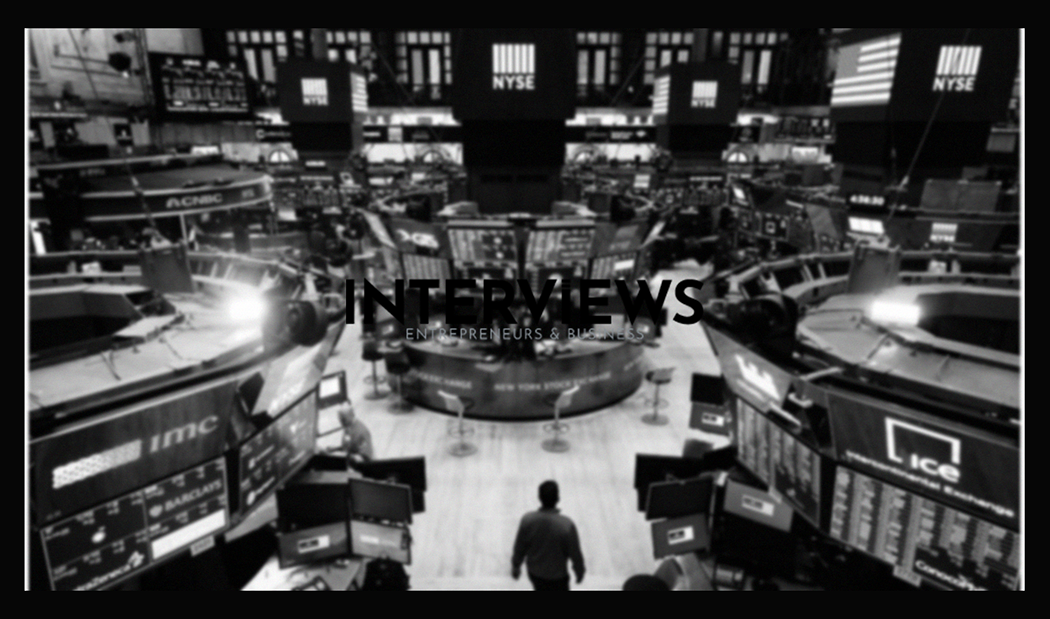Are ATMs Going Extinct? Decoding the Fate of Cash Machines in a Digital Age
ATMs have been around for many years. You may think they would be fading away in our digital age. The truth is more complex than just ignoring them.
ATM Market Overview: Size Does Matter, But Numbers Are Shrinking
Let’s check out some numbers. Globally, the ATM market still holds weight. In 2023, it generated USD 23,963.5 million. By 2030, it’s expected to grow to USD 31,639.6 million. That’s about 4% annual growth from 2024 to 2030.
The figures may seem celebratory. However, here’s the twist. While the market value rises, the number of ATMs falls. In 2023, the number of ATMs dropped for the third straight year. The market becomes richer even as the ATM count shrinks.
In the United States, the trend is clear. Since 2019, ATM numbers decreased from roughly 470,000 in 2019 to around 452,000 in 2022. This isn’t a drastic fall, but it is a noticeable pattern.
Why the ATM Diet? Digital Deluge and Bank Belly-Squeezing
What’s driving this shrinkage? A couple of main reasons: digital transactions and UPI payments. We swipe, tap, and scan more than ever. Fewer visits to ATMs happen when your phone acts as a bank.
Experts also cite the merging of banks and the urge for digitalization. Banks streamline operations and cut back on physical branches. With fewer branches, there are often fewer ATMs. Also, ATMs might seem outdated in a digital world.
ATMs Aren’t Ghosts Yet: Still Kicking for Cash Lovers
Despite the drop, don’t write off ATMs just yet. They serve a key function for specific users. Not everyone dives into digital transactions. Some people prefer cash, and ATMs remain convenient.
Cash still holds significant value. In 2022, around 70 billion cash transactions occurred. Cash ranked as the third most used payment method, proving it’s not entirely out of the picture.
ATM Evolution: From Cash Dispensers to Digital Dynamos (ITMs Enter Stage Left)
The ATM narrative continues with evolution. They adapt to survive. Enter Interactive Teller Machines (ITMs). Think of ITMs as enhanced ATMs.
ITMs have video conferencing options. You can connect with a real teller via video for complex transactions. Only about 25% of retail banks have them at present. Many still view them as new.
The future of ATMs looks toward detection technology. More AI and ML will enhance performance. Expect smarter cash management and improved security features. AI will monitor for suspicious behavior around ATMs.
Cha-Ching! The Profitability of the ATM Hustle
Now, let’s discuss finances. Can you earn money with an ATM? The short answer: Yes!
ATM owners mainly profit from surcharge fees. This is that extra fee users pay at non-bank ATMs. These fees range from $2 to $3 per transaction. While it seems minor, it accumulates.
A single ATM can create between $20,000 and $30,000 annually. Pretty decent for a machine that gives cash! Location greatly affects profit potential.
So is running an ATM a goldmine? Not quite a goldmine but certainly a chance for profit. Achieve ROI quickly, and you’re golden. It sounds easier than it is.
ATM Ownership: Not All Sunshine and Surcharge Fees
Before you rush into buying an ATM, consider the downsides. Owning an ATM isn’t all about easy income and collecting fees. It comes with challenges.
The main issues include: cash management, which involves refilling machines; maintenance, since machines can malfunction; fraud risks, as ATMs attract criminals; and regulatory compliance, which brings extra rules for finance.
ATM Operations: Cash, Costs, and Lifespan
How do ATMs get their cash? Banks either use staff or hire third-party services for restocking. It’s a logistical challenge to keep machines well-stocked.
What about ATM prices? A new ATM typically costs from $1,000 to $10,000. Used machines are less expensive. There are also installation costs of around $300 to $500. It’s not as simple as you may think.
Banks pay Annual Maintenance Charges (AMC). For basic cards, this cost can run about Rs. 100 to Rs. 150. Think of it as insurance for your bank card. An ATM has a lifespan of around 15 years, while refurbished versions give about ten years.
The Great ATM Purge: Banks Slimming Down
The big banks have noticed the ongoing decline in ATMs. In South Africa, major banks like Absa and others closed 238 ATMs between December 2023 and June 2024.
Generally, ATM numbers continue to decline. Year-over-year until June 2024, they fell by 4%. Yet, there’s a positive sign; the removal rate seems to slow down in 2024 compared to earlier years.
The main reason for this decline remains the surge in digital transactions and UPI payments.
Cashless Society: Myth or Maybe-Later Reality?
Are we on the path to a cashless society? Not so fast, according to Brett Scott. He claims that the notion of a purely cashless society is “false.”
Predicting the future is tricky, but surveys reveal many people feel we are moving cashless. A 2024 survey found that 70% of Americans believe the U.S. is becoming cashless. Additionally, two in five people report they “usually” carry no cash.
ATM Fees and Limits: Paying More to Withdraw Less (Often)
ATMs still operate today, yet transaction volumes decline. Consequently, ATM fees are rising. It’s simple economics—fewer users mean higher fees to ensure profitability.
The expectation is to spend more on ATM withdrawals, particularly from another bank’s ATMs. Withdrawal limits also exist, like the Rs 50,000 daily limit. So withdrawing all your cash at once isn’t typically feasible.
ATMs are not going extinct right now. They are evolving and still help those who need cash. Yet the digital wave is changing their role in finance. Stay tuned; this journey gets interesting!





